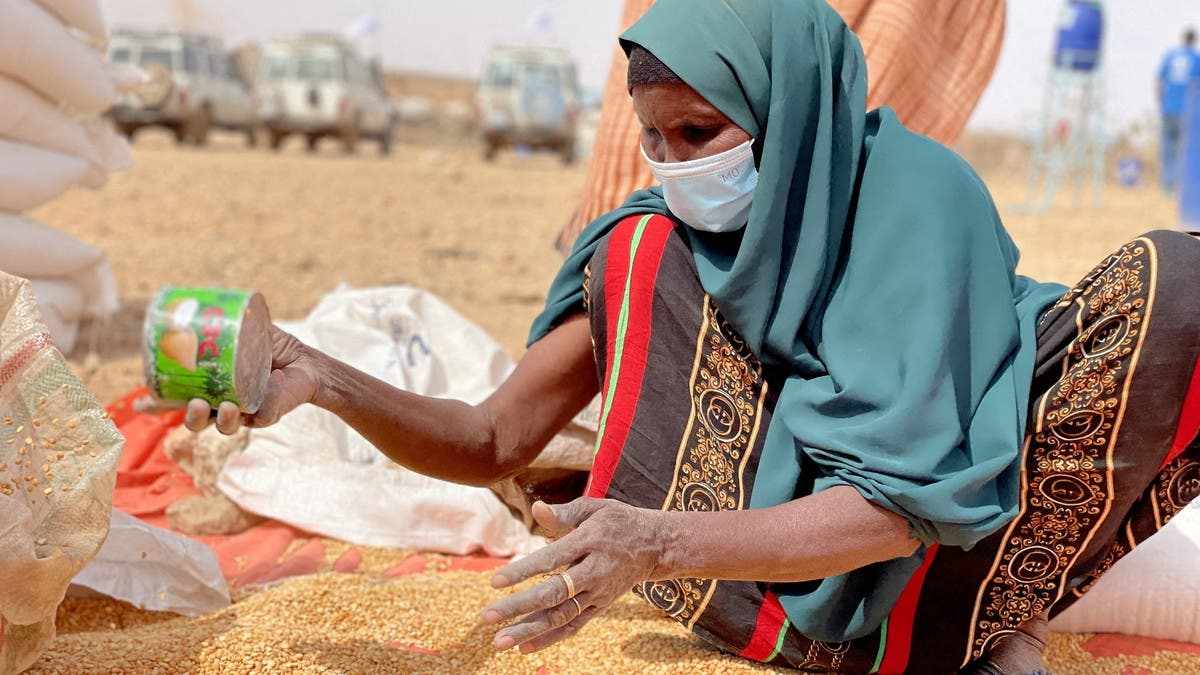The invisible waste behind our laptops and smartphones
- Date: 21-Dec-2020
- Source: Times of Oman
- Sector:Technology
- Country:Middle East
The invisible waste behind our laptops and smartphones
Brussels: Most people think they know what waste is. It's the plastic they rip off their broccoli and toss in the bin. It's the cardboard box their new laptop arrives in, and that laptop itself, once it's no longer useful.Every year, the world produces roughly 2 billion metric tonnes of garbage. But this is just the trash we can see. "The waste we deal with as consumers is a tiny percentage of the overall waste — only about 2 to 3 per cent of it," said Josh Lepawsky, author of a book on the global impact of making digital technology.Hidden in the difficult-to-trace processes of resource extraction, manufacturing, transportation and electricity production is the bulk of the world's waste — generated to make the stuff we buy.This is especially true for electronics, which is the world's fastest growing trash stream and one of the largest sources of invisible waste. "Most of the pollution and waste from electronics happens long before people have their devices in their hands," said Lepawsky, who is also a professor of geography at the Memorial University of Newfoundland in St. John's, Canada.Producing electronics involves high levels of hazardous chemicals, greenhouse gases and water drainage. Most of






















